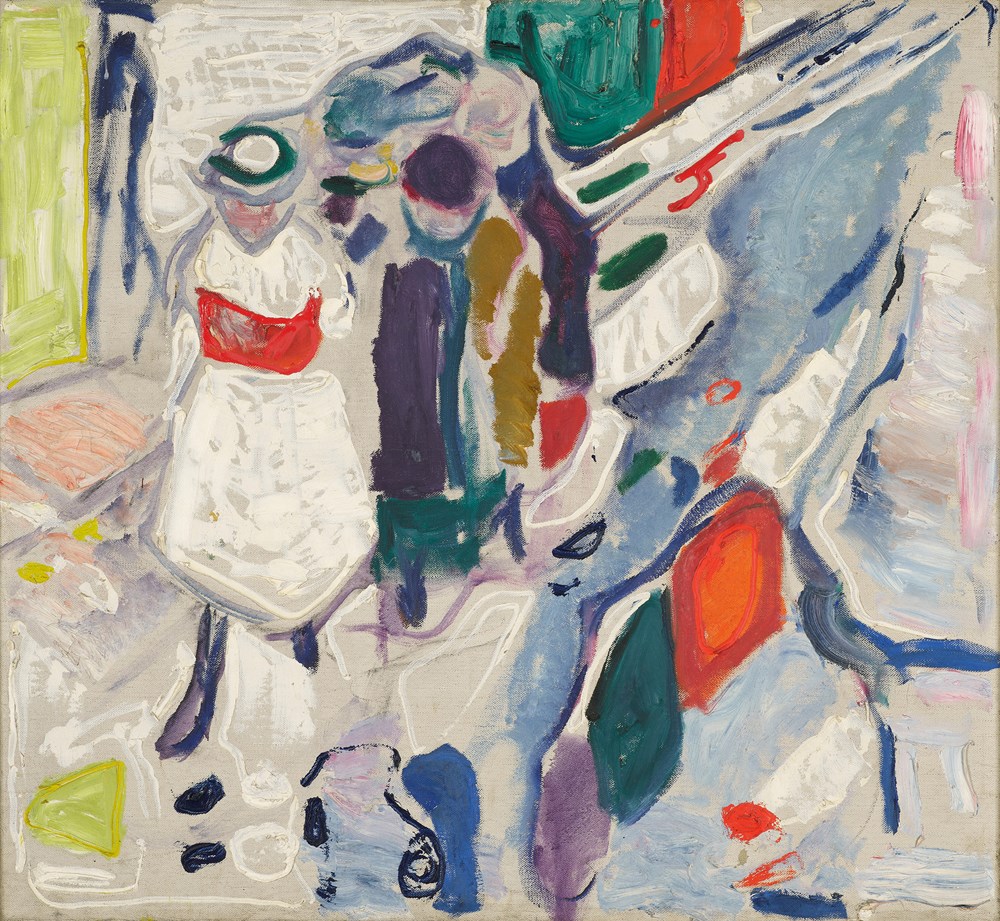Horizons is about Edvard Munch and his times – a period of great changes, where social and political issues, class struggle, and social exclusion were high on the agenda.
In this exhibition you can see how Munch can be understood in the light of other artists, and how he helped to influence the art of this era. Through several thematic approaches, it presents a complex picture of Munch’s place in the history of this period, mainly between the years 1890 to 1950.
As part of the exhibition, MUNCH has invited three contemporary artists to share their thoughts about it. Visitors will see Amir Asgharnejad, Hanan Benammar and Tyra Tingleff on individual screens, sharing their respective reflections on the role of an artist, questions around gender representation in art history, and finally what it means to paint and ways of looking at paintings.
More about the exhibition
This collection display gives a broad overview of some of the movements and tendencies which characterised European art in Edvard Munch’s lifetime. Munch’s art is here shown alongside the work of many other artists. This presents a picture of Munch not as a lonely, reclusive genius but as an artist very much in touch with his own time.
Ideas about subjectivity, psychology and free expression were important to Munch and many other artists in the period, including Akseli Gallen-Kallela, Gustav Vigeland, Ludvig Karsten, Emil Nolde and Gabriele Münter. The exhibition also draws attention to the ways artists at this time explored the painting’s form, through experimenting with abstract shapes and the use of colour.
‘This exhibition outlines a large art historical landscape,’ says senior curator Lars Toft-Eriksen, ‘featuring a number of artists who can be seen together with Munch – whether in terms of influence or more general tendencies that characterised art during this period. The exhibition places Munch’s artistry in an art historical context and presents a more complex picture of him and his place in history.’
The exhibition forms part of MUNCH’s collection displays and will be open to the public for many years to come. As well as the museum’s Edvard Munch collection, the exhibition draws on the Rolf Stenersen collection, which is currently administered by MUNCH, and the long-term depositions from the Savings Bank Foundation DNB, Canica Art Collection and the Vigeland Museum.
‘The Stenersen collection, which includes many works by Munch and other Norwegian modernists, delineates the contours of an art historical context for Munch’s work,’ says museum director Tone Hansen. ‘Munch knew Stenersen well, and advised him that his collection should have a through-line. With Munch as a starting point, this exhibition picks up that line. Collaboration with the Savings Bank Foundation DNB, Canica Art Collection and others makes it possible for us to tell a more complex and rich story.’
Key works
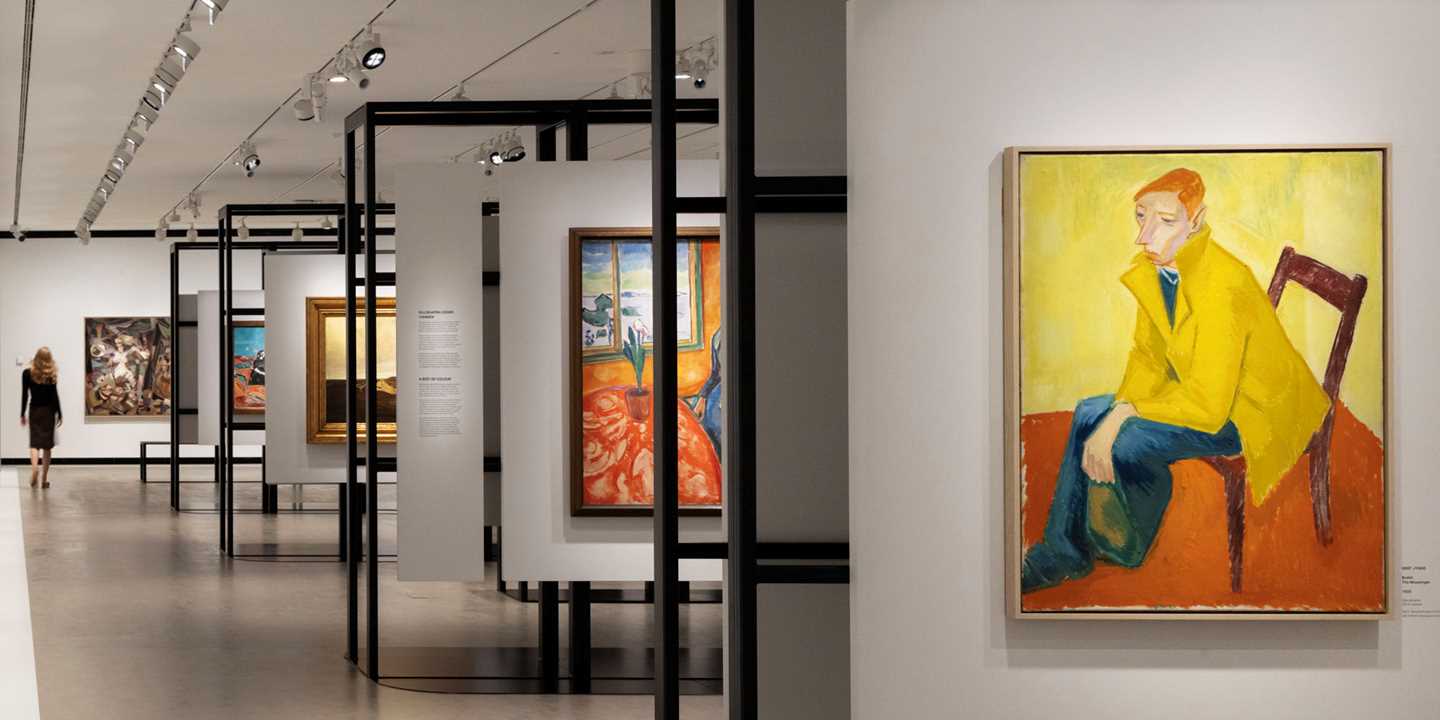

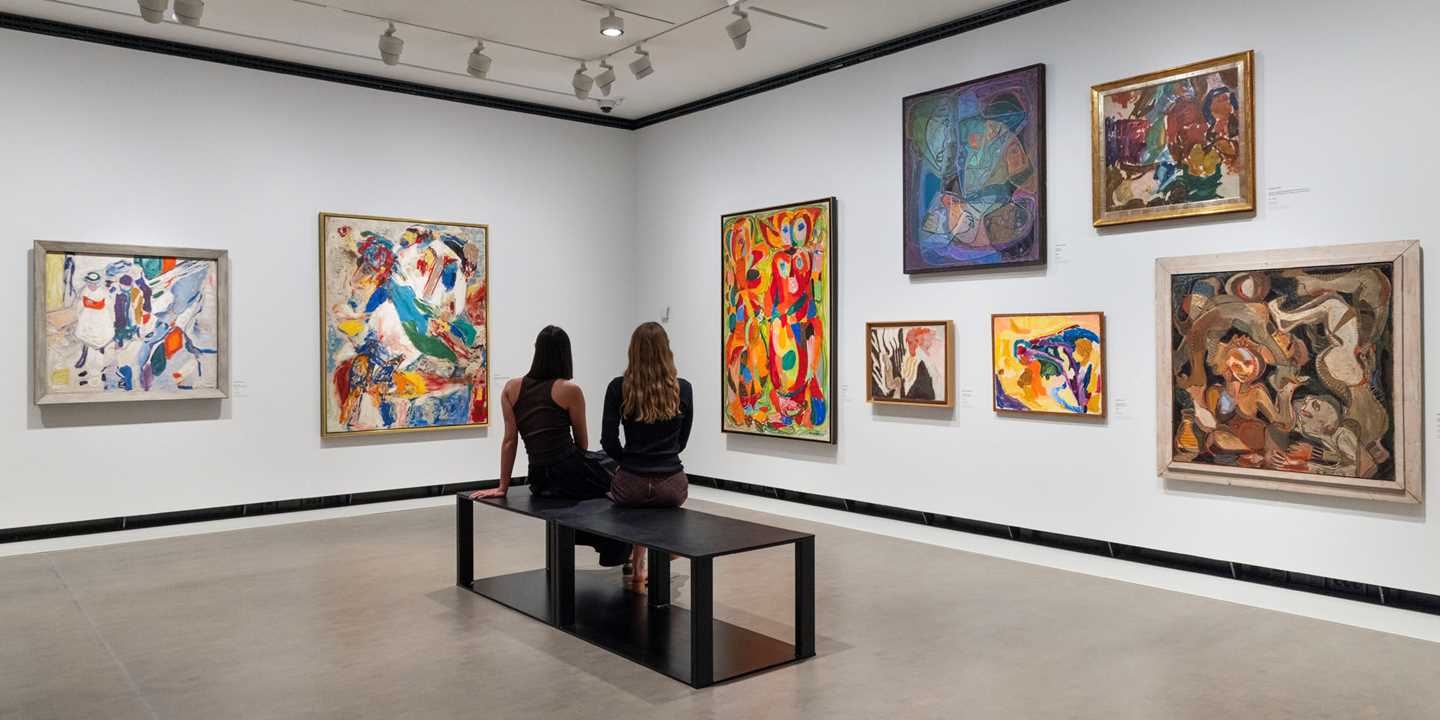
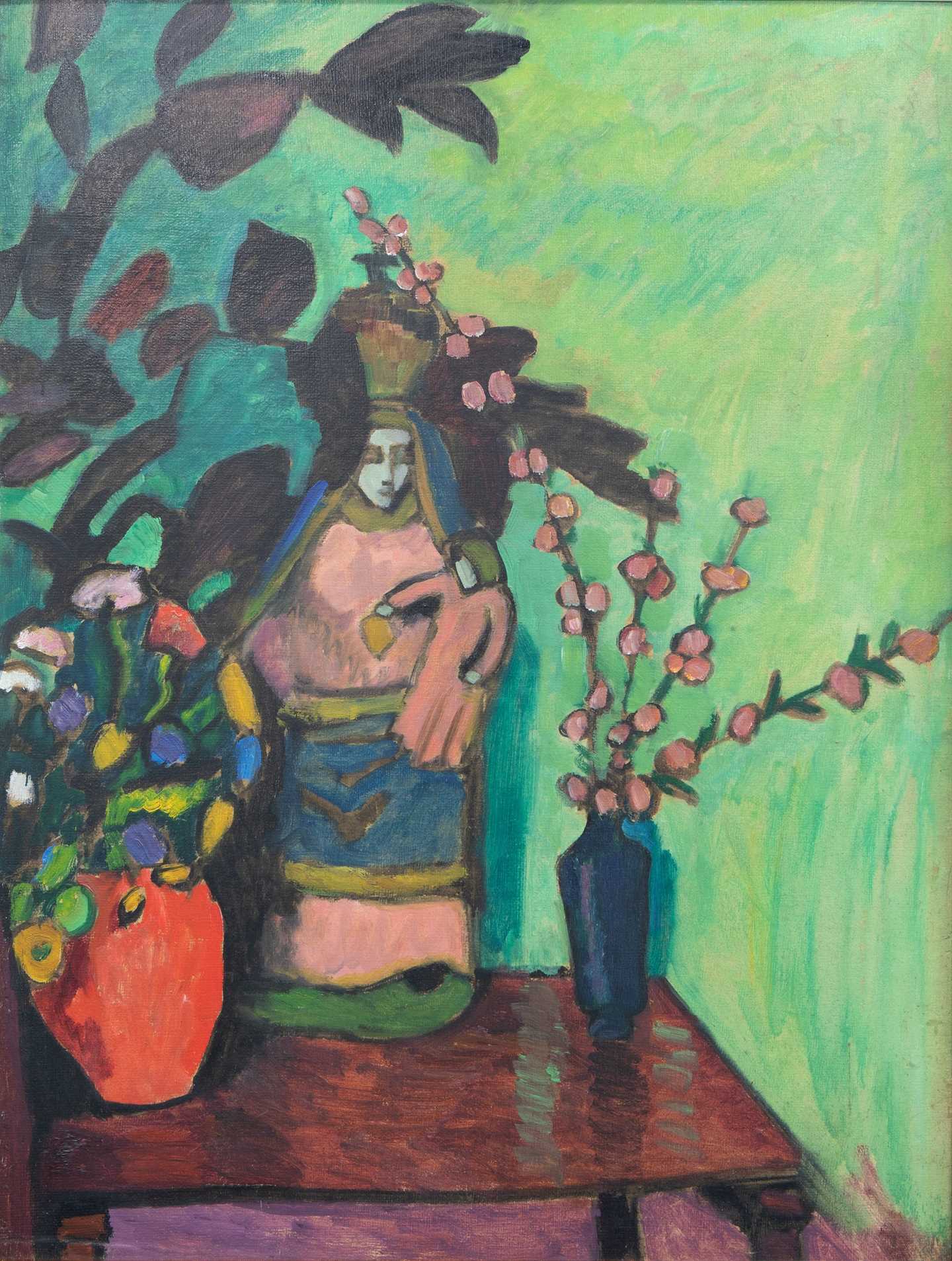
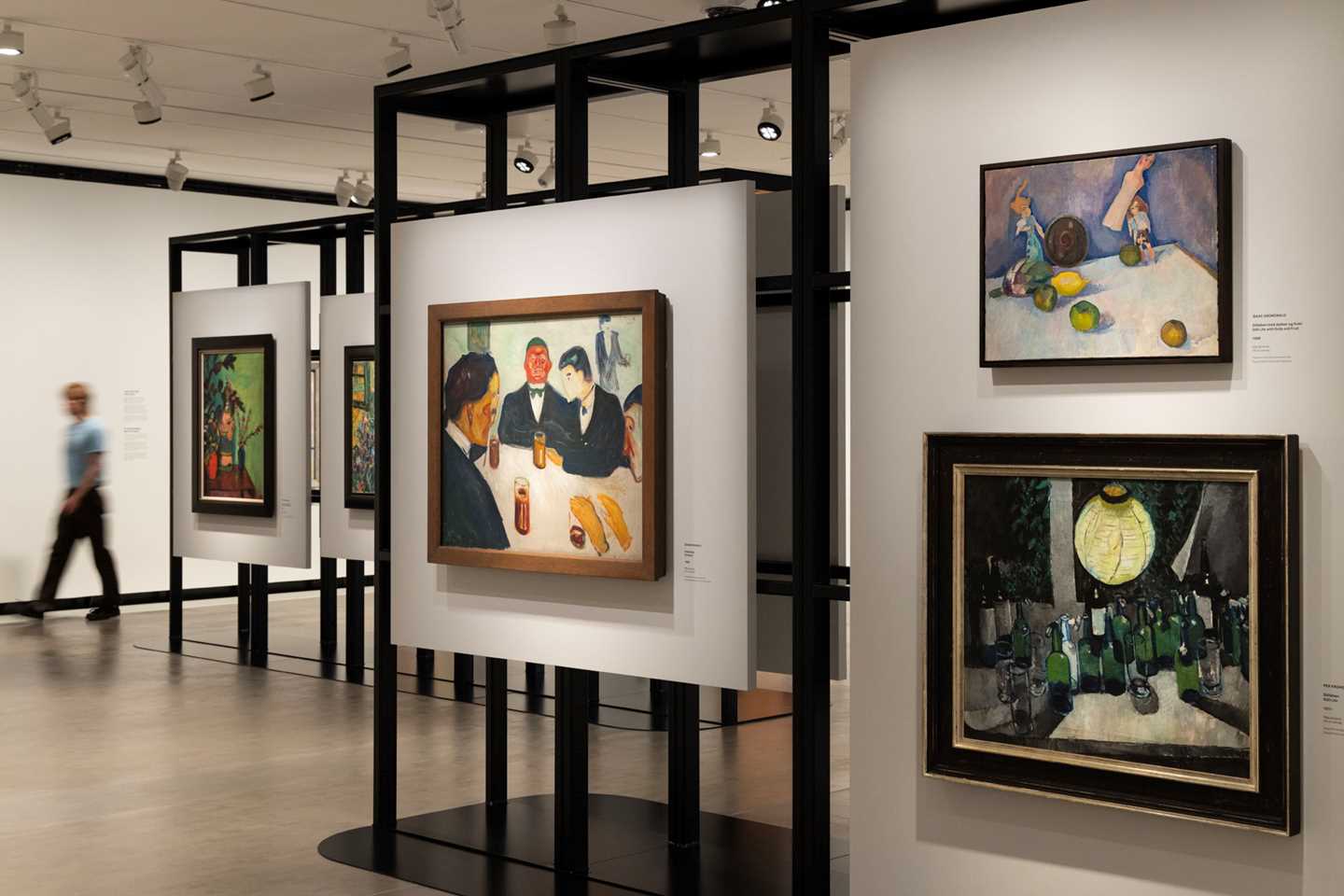
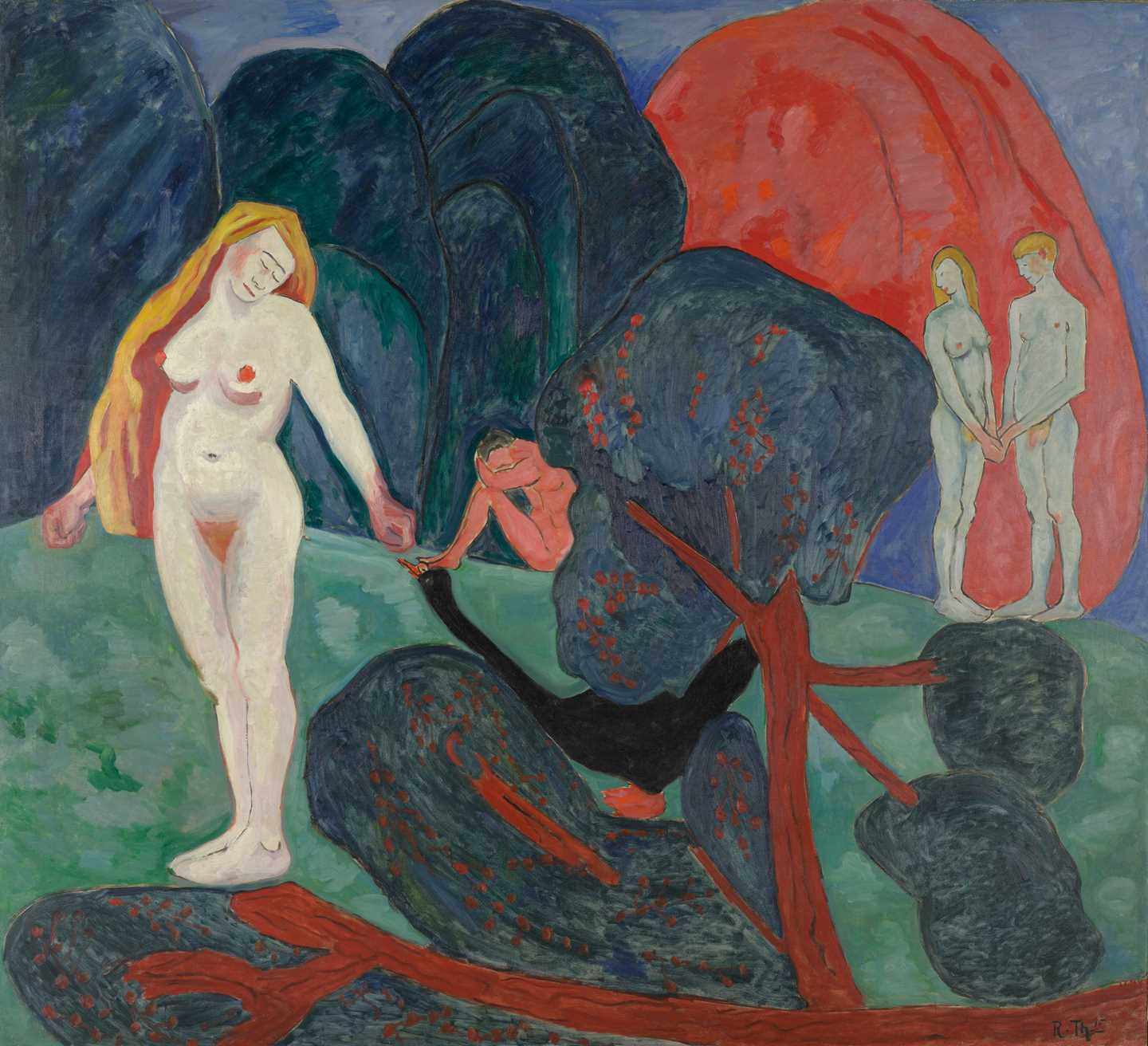

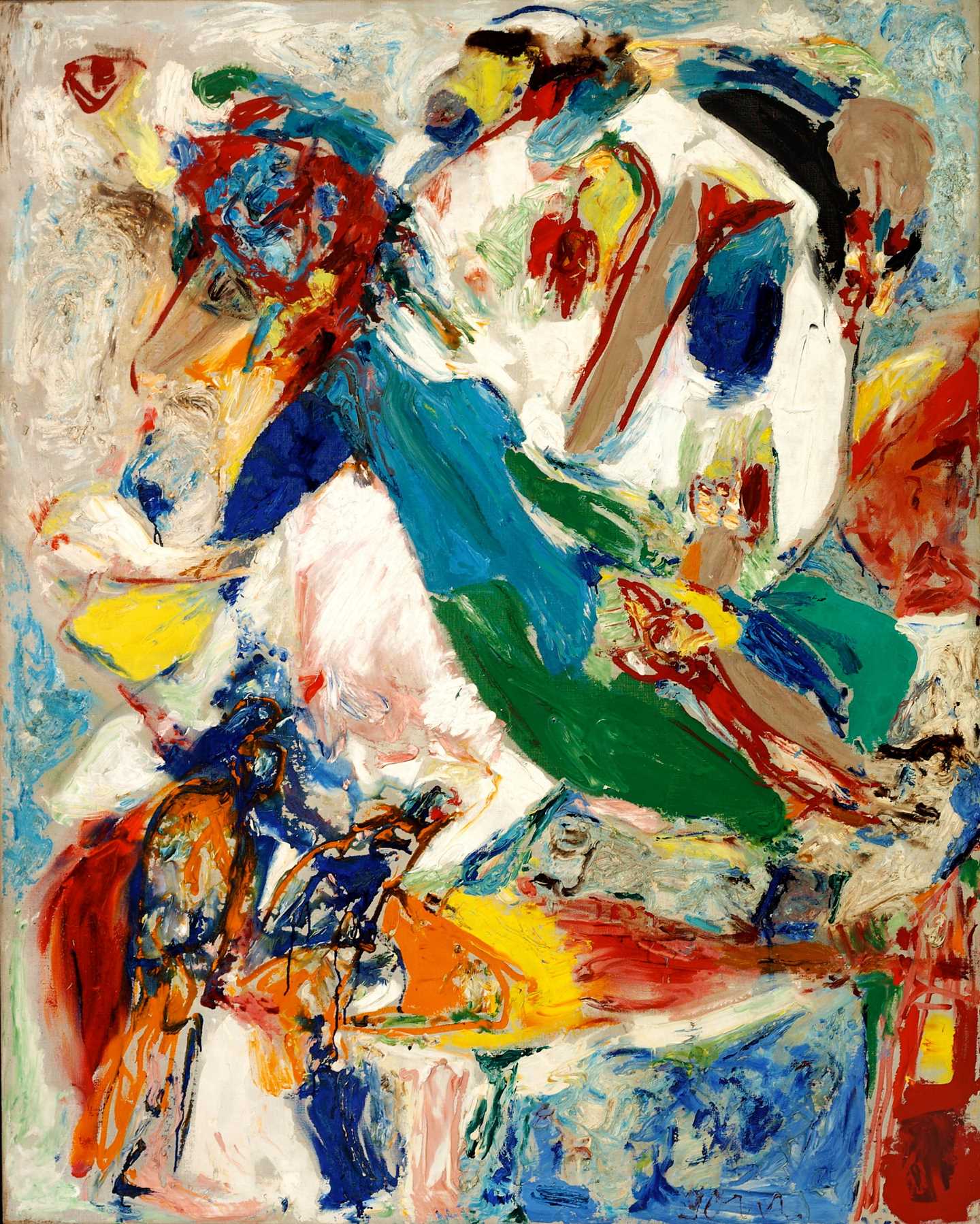
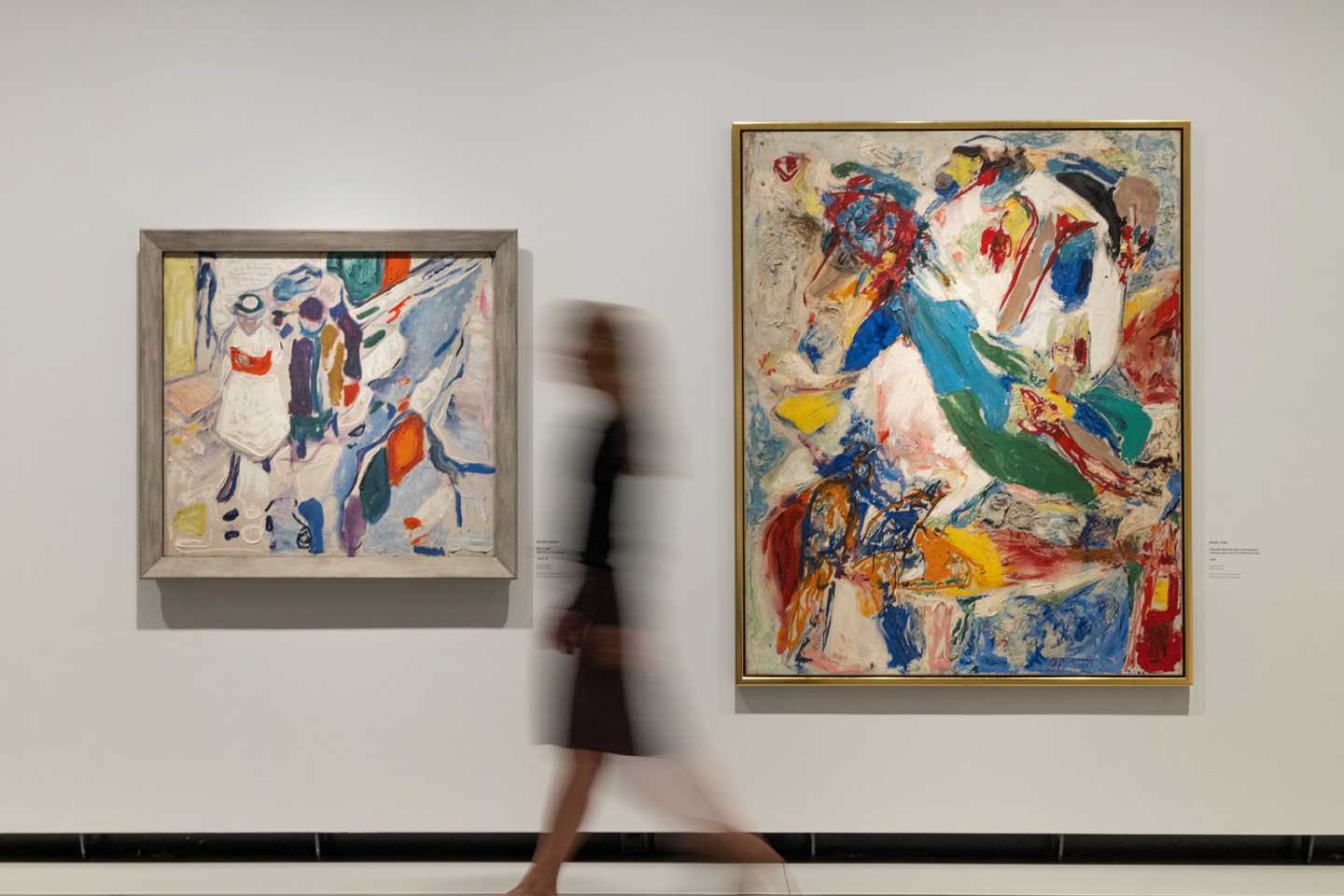
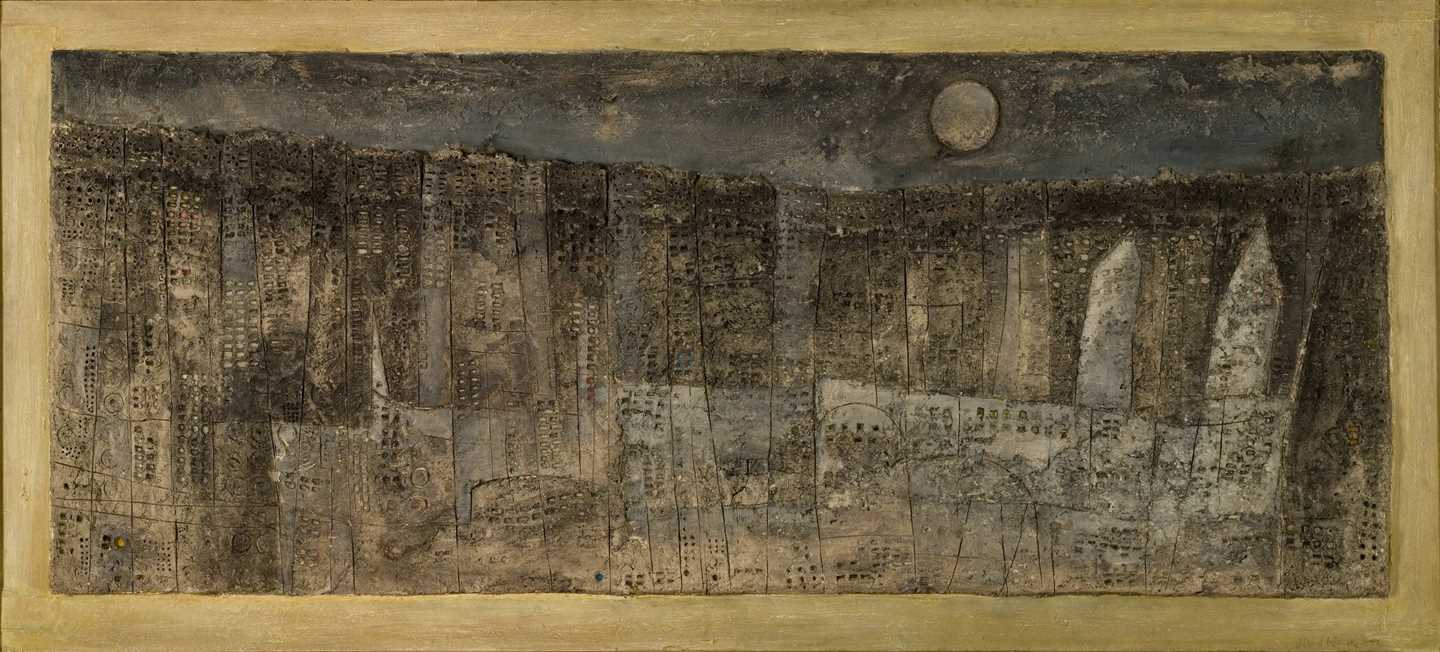

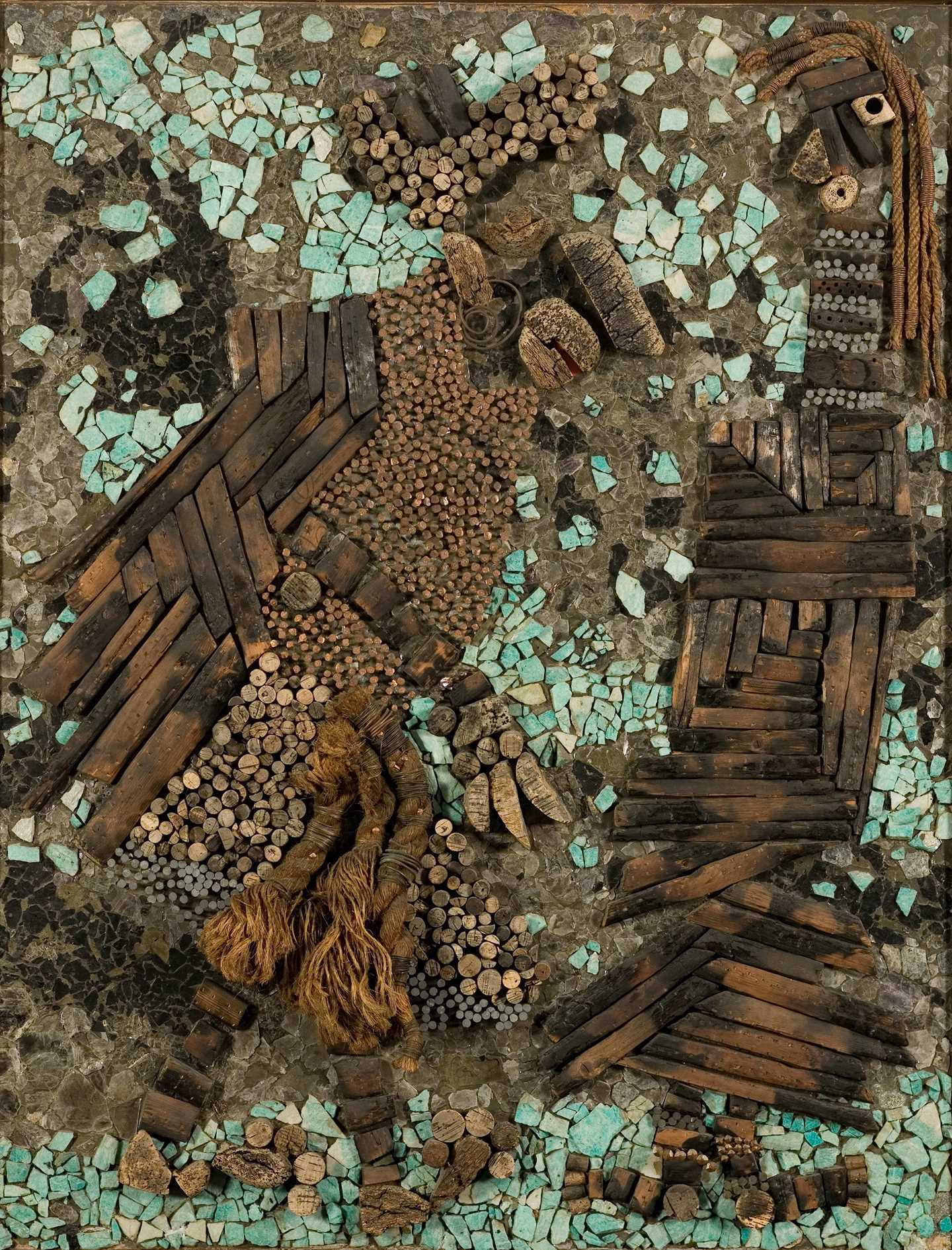
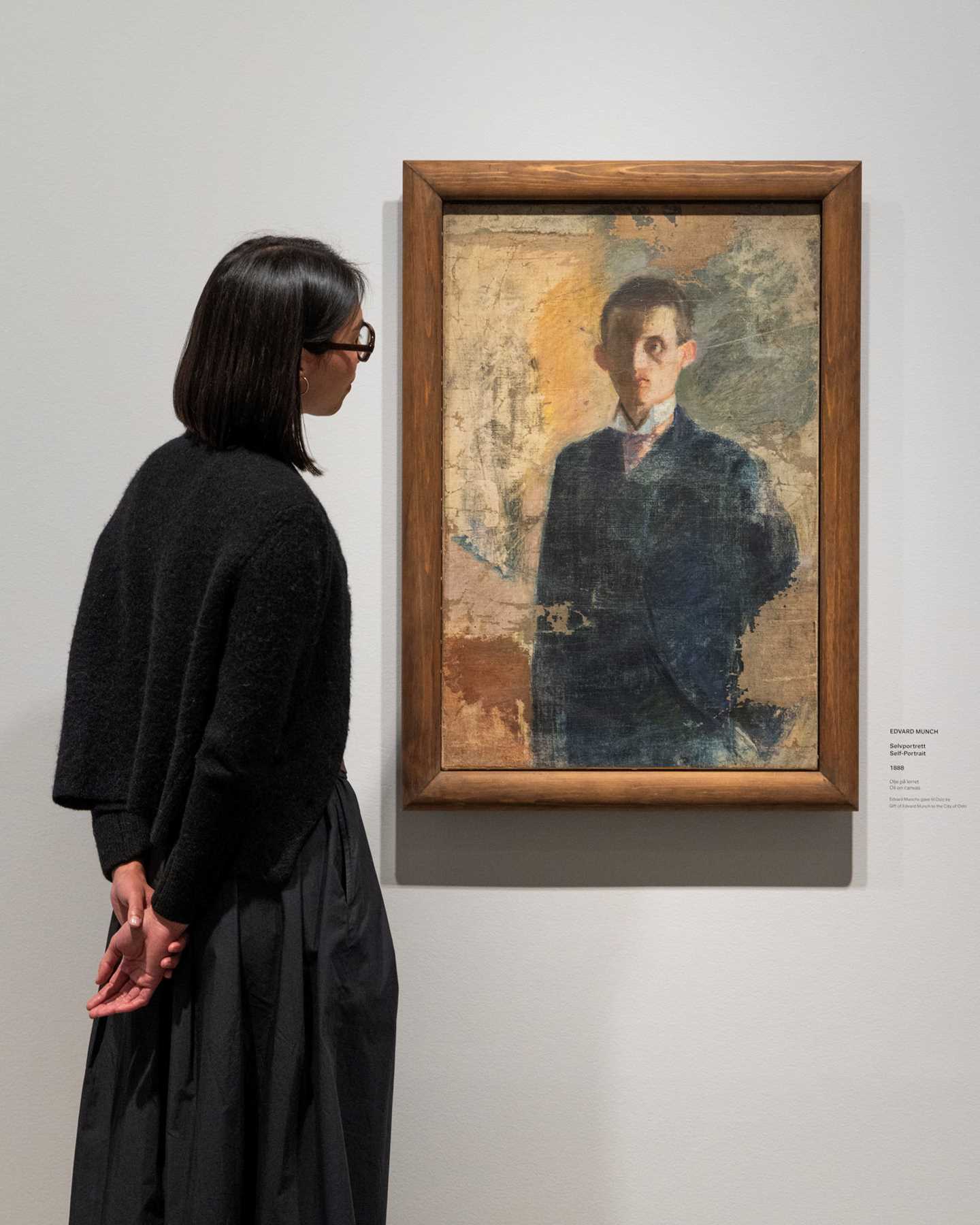
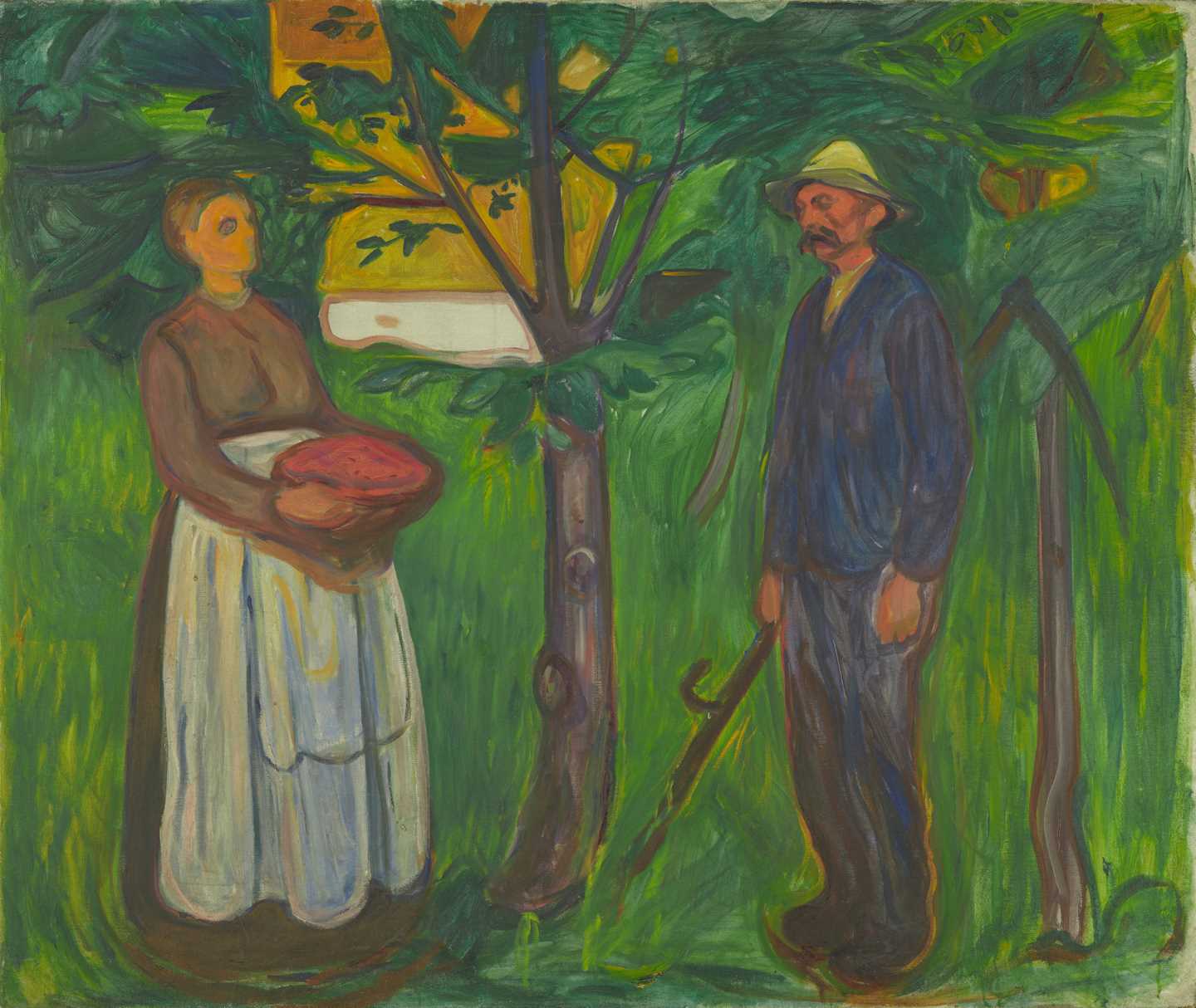
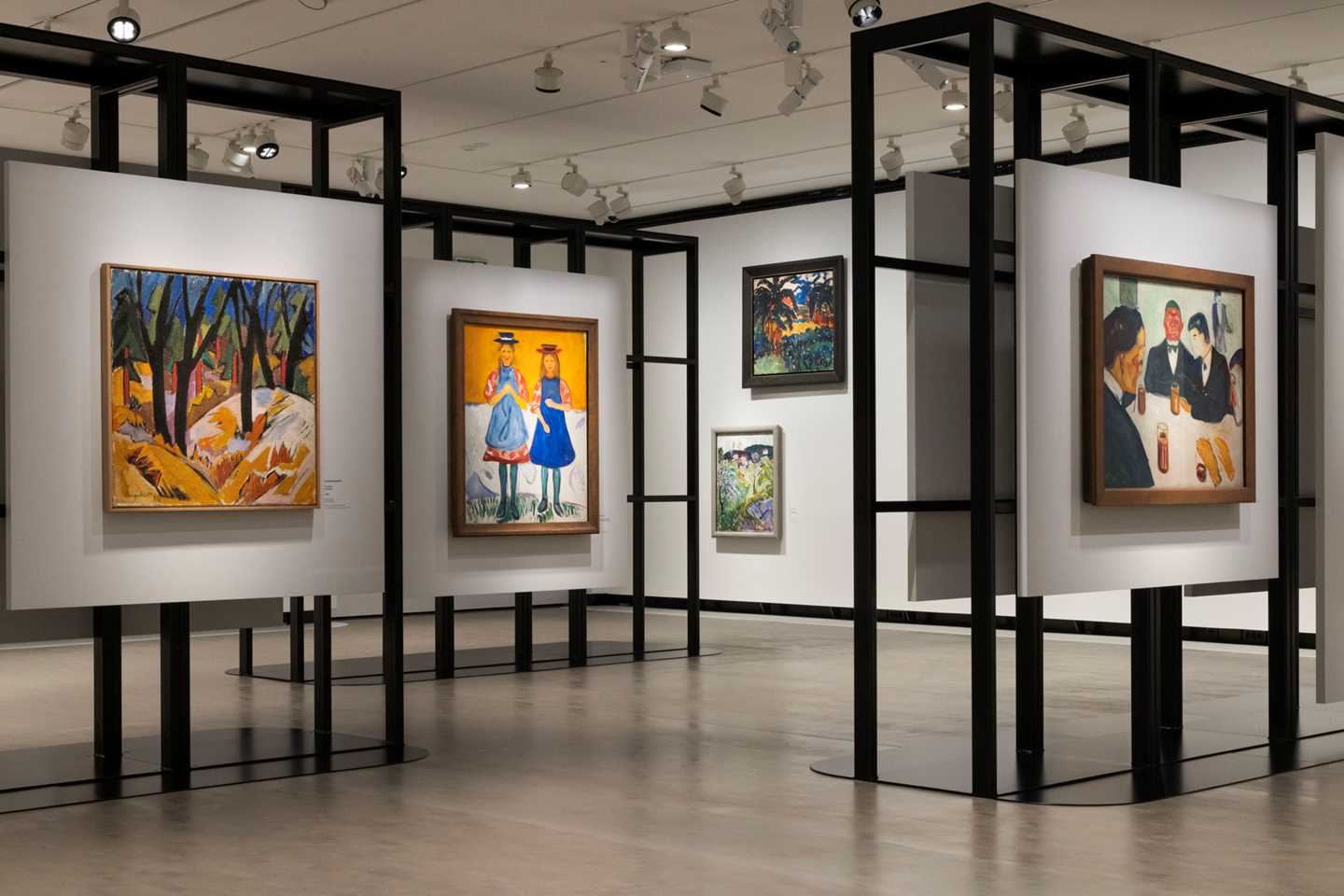
Horizons at MUNCH: Tyra Tingleff – Paint is thought
Produced by MUNCH in collaboration with Spindel Film. ©Munchmuseet
Horizons at MUNCH: Amir Asgharnejad – The artist letter
Produced by MUNCH in collaboration with Spindel Film. ©Munchmuseet
Horizons at MUNCH: Hanan Benammar – You always lose if you stand in opposition too long
Produced by MUNCH in collaboration with Spindel Film. ©Munchmuseet
- The exhibition is made by
